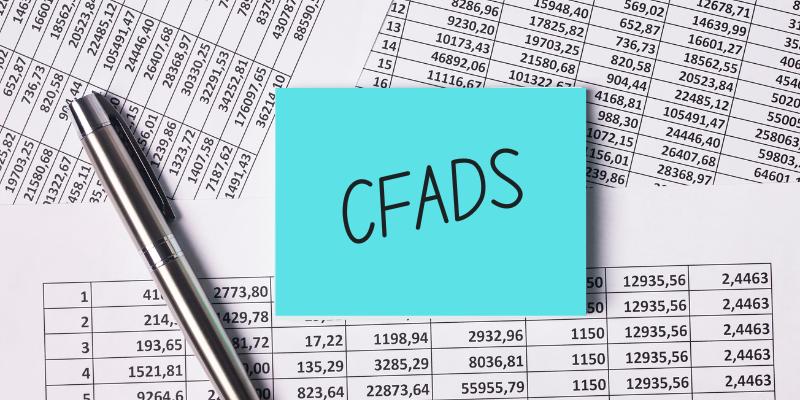What Is Cash Flow Available for Debt Service (CFADS)
CFADS, also commonly called cash available for debt service (CADS), is the amount of funds available to pay for a business’s debt obligations. It assesses the various cash flows into and out of the business and looks at the ability to pay debts both during the lifetime of a project, as well as shorter periods of time.
Why Use CFADS?
Cash Flow Available for Debt Services is a key formula in finance and lending for several reasons. One is that because it looks at the ability to pay debt over time and takes into account expenditures such as paying taxes, it is generally a reliable and accurate assessment of the ability to pay over the life of the loan. CFADS, as lenders know, is also used in other important formulas and calculations, including:
- Determining debt size and the principal repayment schedule
- DSCR: Debt Service Coverage Ratio
- LLCR: Loan Life Coverage Ratio
- PLCR: Project Life Coverage Ratio
While small business lenders recognize that CFADS is a more accurate figure in determining the lending capacity of a project, such as building expansion, they are often going to use simple EBITDA instead, as it is faster and easier to calculate.
How to Calculate CFADS
Before we dive into the formula for CFADS, let’s define some of the terms that will be used in the calculation.
- Revenue: Business income from operations and other revenue
- Expenses: The cost of operating the business, including maintenance, leases, or labor costs
- Net working capital adjustments: Any adjustments the business makes to get from accrual to a cash basis
- Cash Tax: The cost of taxes paid in cash, excluding accrual tax expenses
- Other items: These expenses could include refinancing fees or annual fees senior debt
One way to calculate CFADS is the waterfall model, a top-down method. Loan analysts start with revenue, and then factor in the outflow and inflow of cash in the order that they occur, such as operating expenses (opex), capital expenditures (capex) operating revenues, taxes, and funding.
Lenders could also use NCAO (net cash flow after operations) from a formal cash flow analysis, such as Uniform Credit Analysis (UCA). While this is certainly more accurate, small businesses often don’t have the detailed, professionally prepared financial statements needed to use this method.
When evaluating a loan for a small business, your formula might look something like this:
CFADS = Revenue – Expenses +/- Net Working Capital Adjustments – Capital Expenditures – Cash Tax – Other Items
A more common method for calculating CFADS would be a bottom-up approach, especially in small business lending that commonly works from tax returns or management-prepared financials. Here, the analyst would start with Net Profit, then add back non-cash expenses like depreciation and amortization, as well as interest expense and income taxes.
Project-specific or unusual one-time items, such as rent expense if the proposed loan is to purchase an operating location or a non-recurring expense or income item, should also be adjusted to ensure an accurate reflection of the company’s typical CFADS.
Common Mistakes When Calculating CFADS
When calculating CFADS, following best practices is essential. Here are a few common mistakes.
- Calculating CFADS for just a single year or period: Especially in small business lending, there may be significant ups and downs in a company’s financials from one year to the next, and reviewing several statement periods is important both to establish a baseline as well as for correctly identifying unusual one-time items that may need to be adjusted.
- Not making adjustments to the text-book calculation: As stated above, this may require analyzing multiple years (typically 3) of financials to identify correctly. Other adjustments may be project-specific; if a company is purchasing an office building after renting for many years, it may be appropriate to add back the historic rent expense to the CFADS calculation.
- Attributing account dividends and distributions incorrectly: The values of EDITDA and NCAO do not consider dividends and distributions given to owners. While this may be acceptable when looking at the company on its own (see exception below), it must be subtracted out when calculating Global Cash Flow. If not, you run the risk of double counting these items.
- Including incorrect and non-cash flow items: Items such as depreciation, cash balances and reserve account balances should not be included in a top-down CFADS calculation.
- Counting distribution of Net Profits: In some cases, a business may be obligated to distribute some of its Net Profits to owners. That cash flow is not available for debt service and should not be counted.
- Incorrectly accounting for other entities: Small business owners may borrow or lend money from one business entity to another, or even to themselves. These transactions must be factored in when calculating cash flows.
CFADS Calculations in Excel vs. Software
Many small businesses rely upon Excel for spreading tasks and calculations, such as CFADS. While extremely flexible, Excel can allow errors to be introduced into formulas and calculations. At the very least, it requires more hands-on time double- and triple-checking spreads, taking up valuable time that could be better spent elsewhere.
Spreading software like FISCAL Forward automates calculating CFADS and formulas like Debt Service Coverage Ratio (DCSR). With sufficiently accurate financial statements, it can even give a more accurate UCA NCAO figure. FISCAL Forward takes a business’s financial data and accurately calculates CFADS for that borrower, taking into consideration and making appropriate adjustments for multiple businesses, people, and loans when looking at Global Cash Flow.
Looking for an easier, more accurate way to calculate CFADS? We’d love to show you how. Schedule a demo today.


